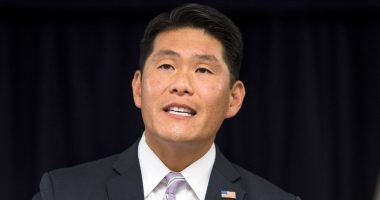
In the days before the reopening of St. Felix Hollywood, employees scrambled to yank plywood boards from windows, pry congealed syrup from clogged soda machines, scour dusty cooking equipment and scrub the kitchen floor.
“The last 24 hours have been insane,” co-owner John Arakaki said as he sifted through dozens of new safety rules and negotiated with his linen company, produce supplier and other vendors.
St. Felix welcomed customers back Feb. 5. It marked the fourth time in the last year that the restaurateur and a dozen or so of his employees scurried to reopen the Hollywood location and a sister restaurant in West Hollywood due mostly to local pandemic restrictions. Mr. Arakaki estimated it cost about $30,000 each time.
Nearly a year into the U.S. spread of Covid-19, multiple closings and reopenings are now almost commonplace for owners of restaurants, bars, gyms, beauty salons and other establishments grappling with shifting government directives as well as employee illnesses tied to the Covid-19 pandemic.
The uncertainty adds to the challenges facing small businesses, which often have limited cash cushions and big drops in sales due to the coronavirus. Eight-eight percent of small firms said sales had not returned to normal, according to a survey fielded in September and October and released this month by the 12 regional Federal Reserve Banks.













